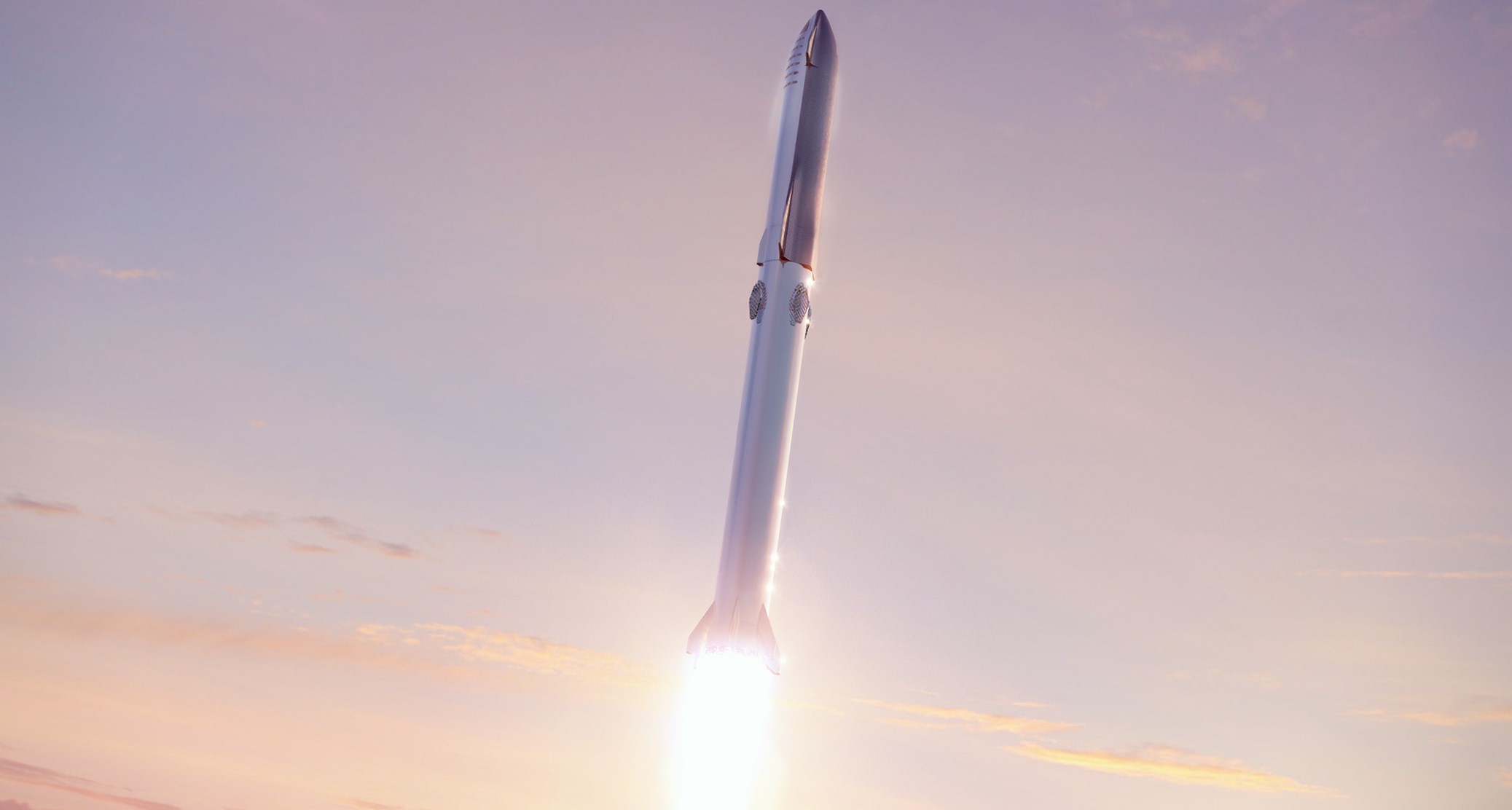
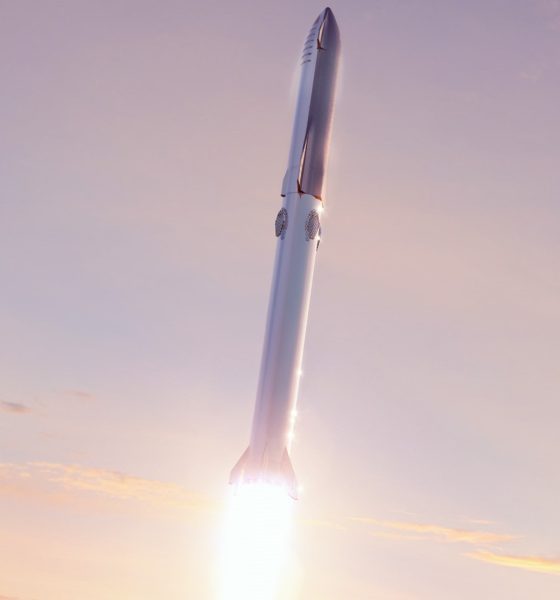
News
SpaceX to replace Falcon 9’s titanium grid fins with steel on Starship’s Super Heavy booster
Following a question on Twitter about how SpaceX intends to manufacture the truly massive grid fins shown in renders of Starship’s Super Heavy booster, CEO Elon Musk revealed that SpaceX will build them out of welded steel.
For the first several years of Falcon 9 and Falcon Heavy booster recovery operations, SpaceX built grid fins – used for maneuvering the rockets at high speeds – out of aluminum. With Falcon 9 Block 5, aluminum grid fins were phased out entirely in favor of larger titanium fins, necessitated by exceptionally high-speed reentries that nearly melted through the aluminum fins on several occasions. Now, SpaceX wants to move from titanium to steel fins for its next-generation Starship launch vehicle.
Welded steel— Elon Musk (@elonmusk) October 3, 2019
In response to the Twitter user’s question, Musk simply stated that Super Heavy’s grid fins would be manufactured out of “welded steel”, certainly keeping with the CEO’s now well-known love for the material. In October 2018, Musk finally managed to convince most of the senior engineers reporting to him that – despite years of work and full-scale testing – SpaceX needed to radically redesign Starship.
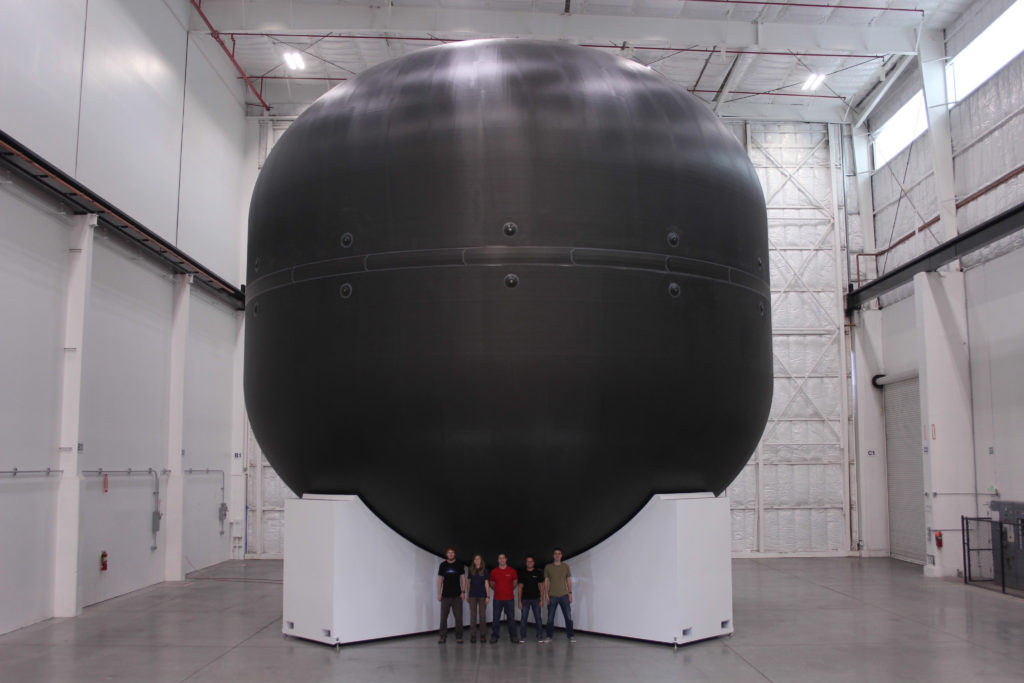
Prior to this radical change, SpaceX had spent at least 2-3 years on a Starship design (formerly Big F_____ Spaceship; BFS) made almost entirely out of carbon fiber composites, an extremely lightweight material that can be optimized for high strength. However, as Musk ultimately concluded in late 2018, although carbon composites are undeniably light and strong (optimal for spaceflight), they have extremely low heat tolerance and can react violently with supercooled liquid oxygen. Built almost entirely out of aluminum alloys with similarly low melting points, Falcon 9 has also struggled with the challenges posed by material choices, made far more difficult by the need to recover and reuse orbital-class rocket stages.
Musk ultimately decided that redesigning Starship with steel (alloys with particularly high melting points and good strength) was the right way to go. According to Musk, the high-quality carbon fiber composites SpaceX was originally pursuing cost something like $130,000 per metric ton, translating to a truly gobsmacking cost – accounting for unavoidable wastage – of $400M-$500M or more just to buy the materials needed to build a single Starship and Super Heavy booster. Steel, on the other hand, is quite literally 50 times cheaper, costing SpaceX around $2500 per ton, or as little as $10M in structural materials for each ship/booster pair.
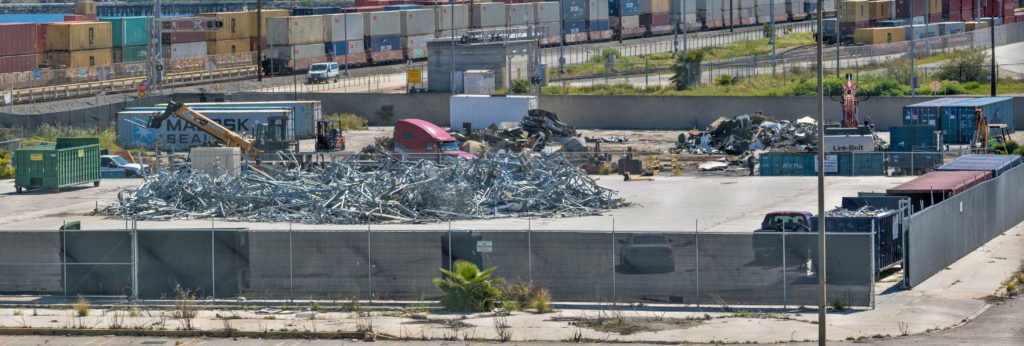
Man of Stainless Steel
Speaking at a September 28th presentation on the 2019 status of Starship’s design, CEO Elon Musk couldn’t praise his decision to move to stainless steel enough, describing it as likely being the single best design decision he has ever made. It remains to be seen if the eccentric self-taught engineer’s decision was the correct one, but the progress SpaceX has made in just 10-11 months is undeniable. SpaceX has gone from a nearly blank slate to Starhopper’s 150m (500ft) test flight in ~6 months and gone from nothing to Starship Mk1 in another 6 or so months.
According to Musk, the properties of stainless steel – mainly a high melting point/working temperature and a tendency to strengthen at cryogenic temperatures – mean that the relatively heavy material is able to produce a launch vehicle that could eventually be far lighter and higher-performance than one made with carbon composites (BFR) or aluminum alloys (Falcon 9). Thanks to those properties, Starship/Super Heavy will become much stronger when filled with cold propellant and will also require little to no external heat shielding on its leeward half, whereas a reusable Al/composite rocket would require major thermal protection on nearly all exposed surfaces.
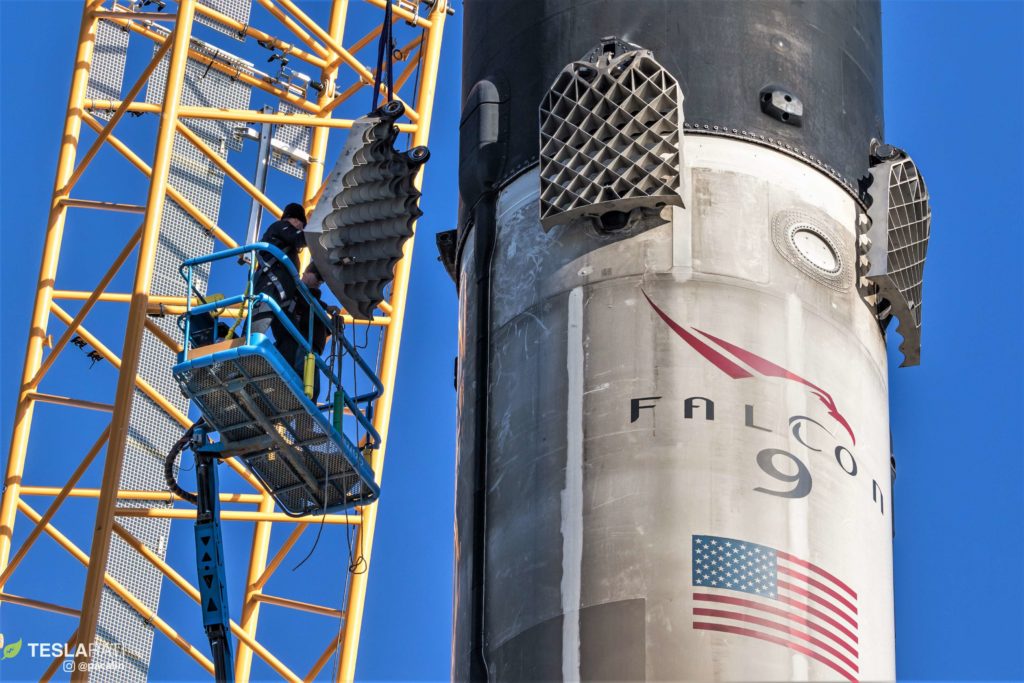
As part of the move to remove any ultra-expensive nonessential materials from the designs of Starship and Super Heavy, Musk has apparently also turned his gaze on the booster’s grid fins. As described at the top of this article, SpaceX replaced Falcon 9’s aluminum grid fins with titanium fins, requiring the company to create the largest single-piece titanium casting in the world. Musk has repeatedly indicated that each grid fin is extremely expensive.
In light of their expense, Musk (or SpaceX) has seemingly decided that future (larger?) SpaceX rockets will try to avoid large, titanium castings. Super Heavy nevertheless still needs massive grid fins: official renders published by SpaceX last month revealed a new diamond shape for the booster’s fins, and Musk later took to Twitter to reveal that they would be made out of welded steel instead of titanium.
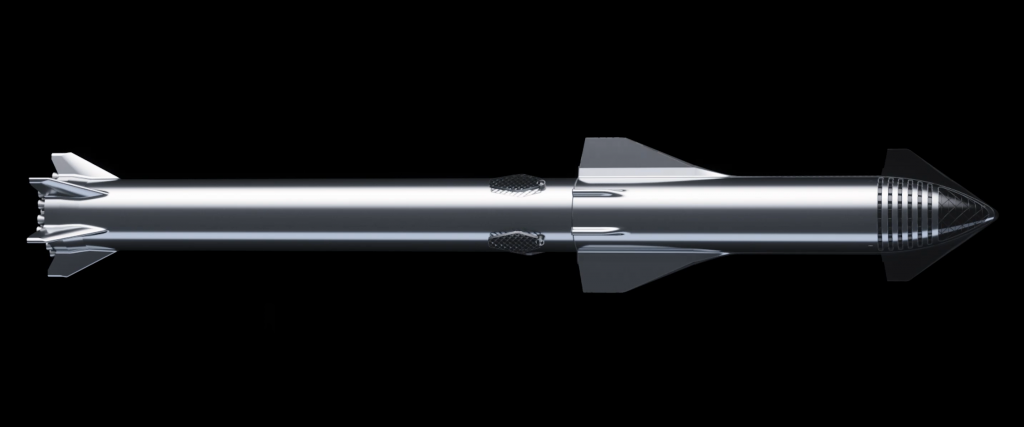
Based on SpaceX’s official 2019 Super Heavy renders, the booster’s grid fins measure approximately 7m by 3m (23 ft by 10 ft), dwarfing Falcon 9’s titanium fins (perhaps 2m by 1.2m) with something like 8-10 times the surface area. Although 301-series stainless steel has a melting point and heat capacity roughly 15% lower than Grade 5 titanium, its strength characteristics are otherwise similar, while also remaining mechanically functional at almost three times the working temperature of titanium (840C vs. 330C).
Most importantly, not only is 301 steel roughly 15-20 times cheaper than titanium, but the process of fabricating large steel components – particularly with welding instead of casting – is dramatically faster, easier, and cheaper than working with and forming titanium. With their reasonably similar properties and the increased size of Super Heavy, it’s likely that steel grid fins would exhibit little to no ablation during even the hottest atmospheric reentries, and it would nevertheless be extremely easy and cheap to either repair or replace fins in the unlikely event of damage.
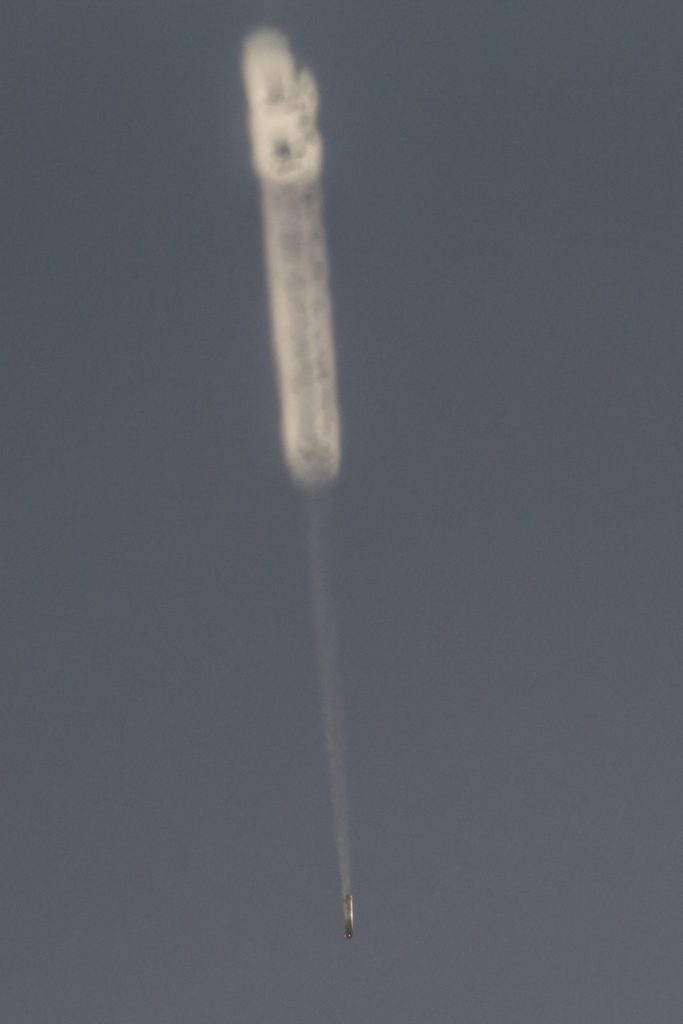
Given just how quickly and relatively easily SpaceX has built full-scale flight hardware out of steel and assuming there are no technical showstoppers caused by changing scales, it wouldn’t be surprising in the slightest to see SpaceX fabricate and test welded steel grid fins on Falcon 9 boosters in the near future.
Check out Teslarati’s Marketplace! We offer Tesla accessories, including for the Tesla Cybertruck and Tesla Model 3.

Elon Musk
Starlink achieves major milestones in 2025 progress report
Starlink wrapped up 2025 with impressive growth, adding more than 4.6 million new active customers and expanding service to 35 additional countries, territories, and markets.

Starlink wrapped up 2025 with impressive growth, adding more than 4.6 million new active customers and expanding service to 35 additional countries, territories, and markets. The company also completed deployment of its first-generation Direct to Cell constellation, launching over 650 satellites in just 18 months to enable cellular connectivity.
SpaceX highlighted Starlink’s impressive 2025 progress in an extensive report.
Key achievements from Starlink’s 2025 Progress
Starlink connected over 4.6 million new customers with high-speed internet while bringing service to 35 more regions worldwide in 2025. Starlink is now connecting 9.2 million people worldwide. The service achieved this just weeks after hitting its 8 million customer milestone.
Starlink is now available in 155 markets, including areas that are unreachable by traditional ISPs. As per SpaceX, Starlink has also provided over 21 million airline passengers and 20 million cruise passengers with reliable high-speed internet connectivity during their travels.
Starlink Direct to Cell
Starlink’s Direct to Cell constellation, more than 650 satellites strong, has already connected over 12 million people at least once, marking a breakthrough in global mobile coverage.
Starlink Direct to Cell is currently rolled out to 22 countries and 6 continents, with over 6 million monthly customers. Starlink Direct to Cell also has 27 MNO partners to date.
“This year, SpaceX completed deployment of the first generation of the Starlink Direct to Cell constellation, with more than 650 satellites launched to low-Earth orbit in just 18 months. Starlink Direct to Cell has connected more than 12 million people, and counting, at least once, providing life-saving connectivity when people need it most,” SpaceX wrote.
News
Tesla Giga Nevada celebrates production of 6 millionth drive unit
To celebrate the milestone, the Giga Nevada team gathered for a celebratory group photo.

Tesla’s Giga Nevada has reached an impressive milestone, producing its 6 millionth drive unit as 2925 came to a close.
To celebrate the milestone, the Giga Nevada team gathered for a celebratory group photo.
6 million drive units
The achievement was shared by the official Tesla Manufacturing account on social media platform X. “Congratulations to the Giga Nevada team for producing their 6 millionth Drive Unit!” Tesla wrote.
The photo showed numerous factory workers assembled on the production floor, proudly holding golden balloons that spelled out “6000000″ in front of drive unit assembly stations. Elon Musk gave credit to the Giga Nevada team, writing, “Congrats on 6M drive units!” in a post on X.
Giga Nevada’s essential role
Giga Nevada produces drive units, battery packs, and energy products. The facility has been a cornerstone of Tesla’s scaling since opening, and it was the crucial facility that ultimately enabled Tesla to ramp the Model 3 and Model Y. Even today, it serves as Tesla’s core hub for battery and drivetrain components for vehicles that are produced in the United States.
Giga Nevada is expected to support Tesla’s ambitious 2026 targets, including the launch of vehicles like the Tesla Semi and the Cybercab. Tesla will have a very busy 2026, and based on Giga Nevada’s activities so far, it appears that the facility will be equally busy as well.
News
Tesla Supercharger network delivers record 6.7 TWh in 2025
The network now exceeds 75,000 stalls globally, and it supports even non-Tesla vehicles across several key markets.

Tesla’s Supercharger Network had its biggest year ever in 2025, delivering a record 6.7 TWh of electricity to vehicles worldwide.
To celebrate its busy year, the official @TeslaCharging account shared an infographic showing the Supercharger Network’s growth from near-zero in 2012 to this year’s impressive milestone.
Record 6.7 TWh delivered in 2025
The bar chart shows steady Supercharger energy delivery increases since 2012. Based on the graphic, the Supercharger Network started small in the mid-2010s and accelerated sharply after 2019, when the Model 3 was going mainstream.
Each year from 2020 onward showed significantly more energy delivery, with 2025’s four quarters combining for the highest total yet at 6.7 TWh.
This energy powered millions of charging sessions across Tesla’s growing fleet of vehicles worldwide. The network now exceeds 75,000 stalls globally, and it supports even non-Tesla vehicles across several key markets. This makes the Supercharger Network loved not just by Tesla owners but EV drivers as a whole.
Resilience after Supercharger team changes
2025’s record energy delivery comes despite earlier 2024 layoffs on the Supercharger team, which sparked concerns about the system’s expansion pace. Max de Zegher, Tesla Director of Charging North America, also highlighted that “Outside China, Superchargers delivered more energy than all other fast chargers combined.”
Longtime Tesla owner and FSD tester Whole Mars Catalog noted the achievement as proof of continued momentum post-layoffs. At the time of the Supercharger team’s layoffs in 2024, numerous critics were claiming that Elon Musk was halting the network’s expansion altogether, and that the team only remained because the adults in the room convinced the juvenile CEO to relent.
Such a scenario, at least based on the graphic posted by the Tesla Charging team on X, seems highly implausible.








